不锈钢电缆桥架散热计算解析:从理论到实践的科学指南
不锈钢电缆桥架作为电力传输系统的重要载体,其散热性能直接影响电缆载流量与运行。在工程设计阶段,精确计算桥架散热能力是优化系统配置、预防热失效的关键。本文将从热力学原理出发,系统解析不锈钢电缆桥架散热计算方法。
Stainless steel cable trays, as important carriers of power transmission systems, have a direct impact on cable current carrying capacity and operational safety due to their heat dissipation performance. In the engineering design phase, accurately calculating the heat dissipation capacity of the bridge is the key to optimizing system configuration and preventing thermal failure. This article will systematically analyze the heat dissipation calculation method of stainless steel cable trays based on thermodynamic principles.
一、散热机理与传热路径
1、 Heat dissipation mechanism and heat transfer path
不锈钢电缆桥架散热主要通过三种方式实现:
The heat dissipation of stainless steel cable trays is mainly achieved through three methods:
热传导:电缆产生的热量经绝缘层传递桥架本体,某材料实验室的测试数据显示,交联聚乙烯电缆的导热系数为0.35W/(m·K),不锈钢桥架的导热系数则达15W/(m·K),形成热传导通道。
Thermal conduction: The heat generated by the cable is transferred to the bridge body through the insulation layer. Test data from a certain material laboratory shows that the thermal conductivity of cross-linked polyethylene cable is 0.35W/(m · K), while that of stainless steel bridge is 15W/(m · K), forming an efficient thermal conduction channel.
热对流:空气流经桥架表面时带走热量,自然对流换热系数通常为5-10W/(m²·K),强制通风条件下可提升20-50W/(m²·K)。
Thermal convection: When air flows over the surface of the bridge, it carries away heat. The natural convection heat transfer coefficient is usually 5-10W/(m² · K), which can be increased to 20-50W/(m² · K) under forced ventilation conditions.
热辐射:桥架表面向环境发射红外线,某光学检测设备的测量表明,抛光不锈钢表面发射率约为0.15,远低于氧化表面,辐射散热效率存在显著差异。
Thermal radiation: The surface of the bridge emits infrared radiation into the environment. Measurements from an optical detection device show that the emissivity of polished stainless steel surfaces is about 0.15, much lower than that of oxidized surfaces, and there is a significant difference in radiation heat dissipation efficiency.
二、散热计算核心公式
2、 Core formula for heat dissipation calculation
稳态散热模型
Steady-state heat dissipation model
基于能量守恒定律,桥架散热量Q可表示为:
Based on the law of conservation of energy, the heat dissipation Q of the bridge can be expressed as:
Q = K×A×ΔT
其中,K为综合传热系数,A为有效散热面积,ΔT为桥架表面与环境温差。某电力设计院的工程手册,当桥架间距大于100mm时,K值取8-12W/(m²·K)。
Among them, K is the comprehensive heat transfer coefficient, A is the effective heat dissipation area, and Δ T is the temperature difference between the bridge surface and the environment. The engineering manual of a certain power design institute recommends that when the spacing between cable trays is greater than 100mm, the K value should be taken as 8-12W/(m² · K).
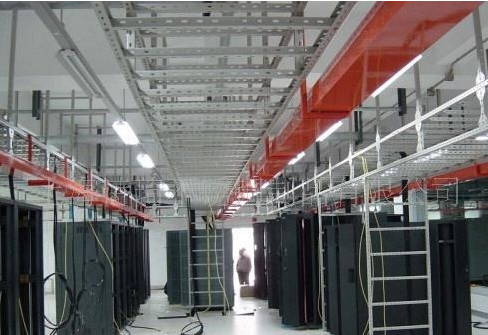
电缆载流量修正
Correction of cable current carrying capacity
环境温度升高会导致电缆载流量下降,修正公式为:
An increase in ambient temperature can lead to a decrease in cable current carrying capacity. The correction formula is:
I修正 = I基准×√[(θm - θa)/(θm - θ0)]
I correction=I benchmark × √ [(θ m - θ a)/(θ m - θ 0)]
式中,θm为电缆允许温度,θa为实际环境温度,θ0为基准温度。某电缆厂商的测试数据显示,当环境温度从25℃升40℃时,相同截面积电缆的载流量下降约18%。
In the formula, θ m is the maximum allowable temperature of the cable, θ a is the actual ambient temperature, and θ 0 is the reference temperature. According to test data from a cable manufacturer, when the ambient temperature rises from 25 ℃ to 40 ℃, the current carrying capacity of cables with the same cross-sectional area decreases by about 18%.
桥架温升计算
Calculation of Bridge Temperature Rise
对于多层电缆桥架,温升Δτ可采用下式估算:
For multi-layer cable trays, the temperature rise Δ τ can be estimated using the following formula:
Δτ = (I²×R)/(N×A×h)
Δ τ=(I² × R)/(N × A × h)
其中,I为电流有效值,R为电缆单位长度电阻,N为电缆根数,A为桥架截面积,h为表面传热系数。某仿真软件的计算结果表明,当桥架填充率超过40%时,温升速率呈指数增长。
Among them, I is the effective current value, R is the resistance per unit length of the cable, N is the number of cables, A is the cross-sectional area of the bridge, and h is the surface heat transfer coefficient. The calculation results of a certain simulation software show that when the bridge filling rate exceeds 40%, the temperature rise rate increases exponentially.
三、关键影响因素解析
3、 Analysis of key influencing factors
桥架结构参数
Bridge structure parameters
截面形状:梯级式桥架通风性能优于槽式桥架,某风洞试验显示,相同尺寸下梯级式桥架的自然对流换热系数提高。
Section shape: The ventilation performance of the stepped bridge is better than that of the trough bridge. A wind tunnel test showed that the natural convection heat transfer coefficient of the stepped bridge is improved under the same size.
安装间距:层间垂直间距每增加50mm,综合散热效率提升约8%。
Installation spacing: For every 50mm increase in vertical spacing between layers, the overall heat dissipation efficiency is improved by about 8%.
表面处理:喷塑处理桥架较抛光桥架表面温度降低,因涂层发射率提高增强了辐射散热。
Surface treatment: Spraying treatment reduces the surface temperature of the bridge compared to polishing, and enhances radiation heat dissipation due to the increased emissivity of the coating.
环境条件
Environmental conditions
环境温度:IEC 60287标准规定,基准环境温度取40℃,每升高1℃,电缆载流量需修正。
Environmental temperature: According to the IEC 60287 standard, the reference environmental temperature is set at 40 ℃. For every 1 ℃ increase, the cable current carrying capacity needs to be adjusted.
海拔高度:海拔每升高1000m,空气密度下降,对流换热系数降低约10%。
Altitude: For every 1000m increase in altitude, the air density decreases and the convective heat transfer coefficient decreases by about 10%.
日照强度:露天桥架需考虑太阳辐射,某气象站的监测数据显示,夏季正午太阳辐射强度可达1000W/m²。
Sunshine intensity: Outdoor cable trays need to consider solar radiation. Monitoring data from a certain meteorological station shows that the solar radiation intensity at noon in summer can reach 1000W/m².
电缆配置方式
Cable configuration method
填充率:桥架填充率应控制在30%-50%,某火灾实验室的试验表明,填充率超过60%时,紧急情况下的热释放速率增加。
Filling rate: The filling rate of the bridge should be controlled between 30% and 50%. A test conducted in a fire laboratory showed that when the filling rate exceeds 60%, the heat release rate in emergency situations increases.
排列方式:三角形排列较水平排列散热效率高,因形成自然烟囱效应。
Arrangement method: Triangular arrangement has higher heat dissipation efficiency than horizontal arrangement due to the formation of natural chimney effect.
不锈钢电缆桥架散热计算是涉及多物理场耦合的复杂工程问题。通过建立精确的热平衡模型,综合考虑结构参数、环境条件与电缆配置,可实现散热性能的量化评估。在实际工程中,应优先采用仿真工具进行方案比选,结合智能监测技术构建预防性维护体系。随着导热材料与数字孪生技术的发展,桥架散热设计正朝着更精准、更智能的方向演进,这对保障电力系统运行具有重要意义。
The heat dissipation calculation of stainless steel cable trays is a complex engineering problem involving the coupling of multiple physical fields. By establishing an accurate thermal balance model, taking into account structural parameters, environmental conditions, and cable configuration, a quantitative evaluation of heat dissipation performance can be achieved. In practical engineering, simulation tools should be prioritized for scheme comparison, combined with intelligent monitoring technology to construct a preventive maintenance system. With the development of thermal conductive materials and digital twin technology, bridge heat dissipation design is evolving towards more precise and intelligent directions, which is of great significance for ensuring the safe operation of power systems.
本文由山东电缆桥架友情奉献.更多有关的知识请点击 http://www.sdhangfeng.com 真诚的态度.为您提供为的服务.更多有关的知识我们将会陆续向大家奉献.敬请期待.
This article is a friendly contribution from Jinan Cable Bridge For more related knowledge, please click http://www.sdhangfeng.com Sincere attitude To provide you with comprehensive services We will gradually contribute more relevant knowledge to everyone Coming soon.山东电缆桥架
下一篇:电缆桥架防火性能判断指南
相关文章 / Recommended news
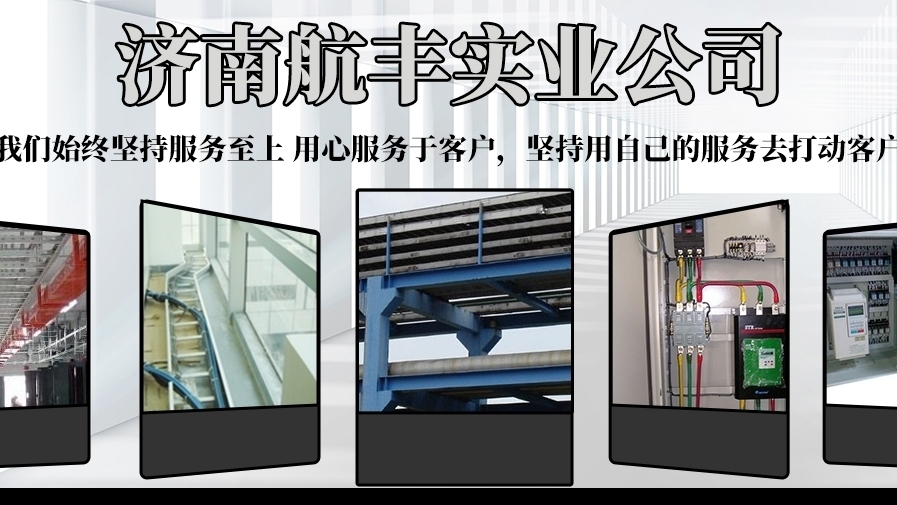 济南电缆桥架到底需不需要跨接
济南电缆桥架到底需不需要跨接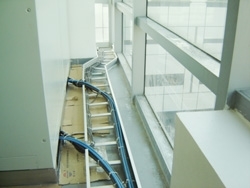 安装桥架
安装桥架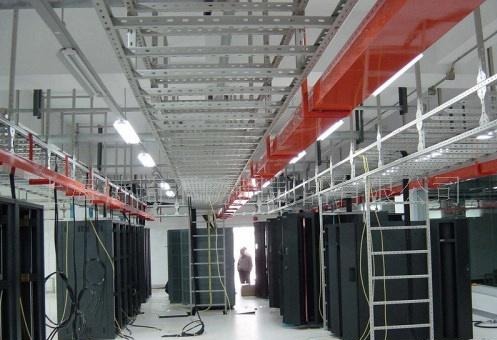 安装桥架
安装桥架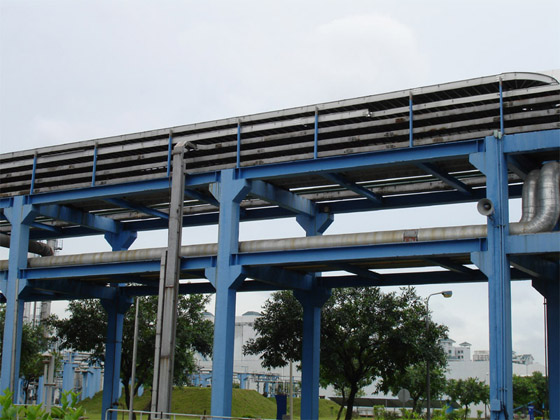 安装桥架
安装桥架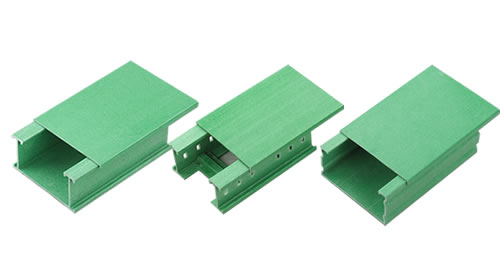 防火桥架
防火桥架




